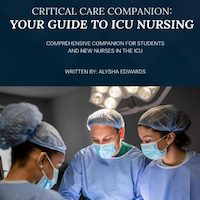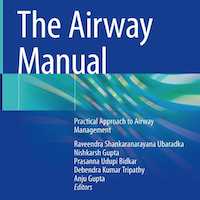Stories Category: Intensive Care
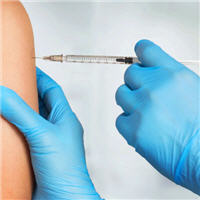
CCSC Encourage Flu Shots Amid COVID-19 Spread
The members of the Critical Care Societies Collaborative (CCSC), which includes the American Association of Critical-Care Nurses (AACN), American College of Chest Physicians (CHEST), American Thoracic Society (ATS), and Society... read more
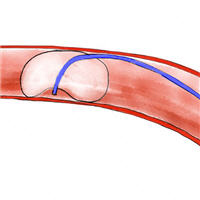
Pulmonary Artery Catheterization in Patients with Cardiogenic Shock
Very low-quality observational evidence suggests pulmonary artery catheterization (PAC) use in patients with cardiogenic shock is associated with lower mortality. Overall, these results support consideration of PAC for... read more

Carbapenem Antibiotics for the Empiric Treatment of Nosocomial Pneumonia
Carbapenem-based empiric regimens were associated with lower mortality rates compared with non-carbapenems, largely driven by trials of ventilator-associated pneumonia (VAP). The mortality effect was not observed in trials... read more
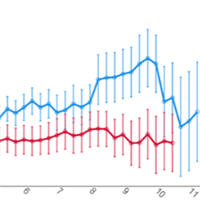
Perioperative Dexmedetomidine on the Incidence of Postoperative Delirium
Delirium occurs commonly following major non-cardiac and cardiac surgery and is associated with: postoperative mortality; postoperative neurocognitive dysfunction; increased length of hospital stay; and major postoperative... read more
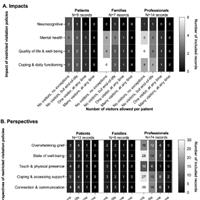
COVID-19: Restricted Visitation Policies in Acute Care Settings
Patients, families, and healthcare professionals were impacted by restricted visitation polices in acute care settings during COVID-19. The consequences of this approach on patients and families are understudied and warrant... read more
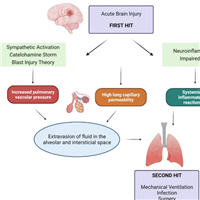
Brain–lung Interactions and Mechanical Ventilation in Patients with Isolated Brain Injury
During the last decade, experimental and clinical studies have demonstrated that isolated acute brain injury (ABI) may cause severe dysfunction of peripheral extracranial organs and systems. Of all potential target organs... read more

Hemodynamic Monitoring Using Echocardiography in the Critically Ill
The hemodynamic evaluation of patients with acute circulatory failure and respiratory failure has in the past usually been performed using invasive procedures but in recent years less invasive monitoring devices have been... read more

Short-term and Long-term Rates of Postacute Sequelae of COVID-19 Infection
In this systematic review, we evaluated the temporal progression of clinical abnormalities experienced by patients who recovered from an infection with SARS-CoV-2, starting with a mean of 30 days post–acute illness and... read more
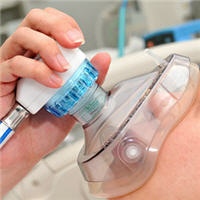
Nitrous Oxide Avoidance for Patients Undergoing Major Surgery
Avoidance of nitrous oxide and the concomitant increase in inspired oxygen concentration decreases the incidence of complications after major surgery, but does not significantly affect the duration of hospital stay. The... read more
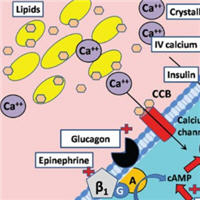
Approach to the Critically Ill Poisoned Patient
Toxicology histories are notoriously unreliable. Any available medical records, especially medication lists. Timing & amount of ingestions. Immediate vs. sustained-release formulations. Consider inquiring specifically... read more
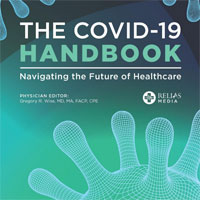
COVID-19 Handbook: Navigating the Future of Healthcare
The COVID-19 Handbook: Navigating the Future of Healthcare provides factual, evidence-based information on the coronavirus disease 2019 (COVID-19) pandemic. Presented in a concise PDF format, this valuable COVID-19 resource... read more
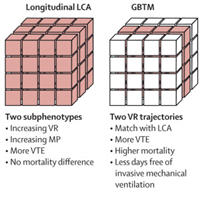
Longitudinal Respiratory Subphenotypes in COVID-19 Patients with ARDS
COVID-19-related ARDS has no consistent respiratory subphenotype. Patients diverged from a fairly homogenous to a more heterogeneous population, with trajectories of ventilatory ratio and mechanical power being the most discriminatory.... read more
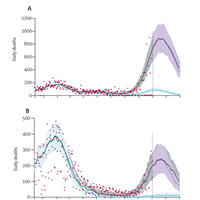
Suboptimal COVID-19 Vaccination Coverage Implications in Florida and Texas
In July, 2021, another wave of COVID-19 began in the USA as the highly infectious delta (B.1.617.2) SARS-CoV-2 variant drove outbreaks predominantly affecting states with relatively low vaccination coverage. Some US states... read more
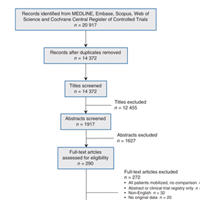
Ambulation Alone Not Effective Prophylaxis for Venous Thromboembolism
Our systematic review failed to find high-quality evidence to suggest that ambulation alone is an appropriate or effective prophylaxis for venous thromboembolism. Although some studies suggest that ambulation may reduce... read more

Understanding Brain Injury in Pediatric ECMO
Brain injury is frequent in extracorporeal membrane oxygenation patients, although the majority of survivors have favorable neurocognitive outcomes. More research is needed in order to understand the etiology of such... read more

A Novel Anatomic Landmark to Target the LV During Chest Compressions in Cardiac Arrest
A novel area of compression over the left sternal border at the inter-nipple line would result in compressions over the LV in nearly three-quarters of our study participants. Future research should investigate whether... read more
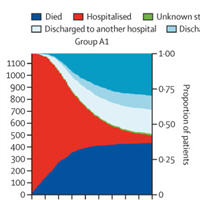
ECMO for COVID-19
Mortality after ECMO for patients with COVID-19 worsened during 2020. These findings inform the role of extracorporeal membrane oxygenation (ECMO) in COVID-19 for patients, clinicians, and policy makers. In 2020, 4,812... read more


